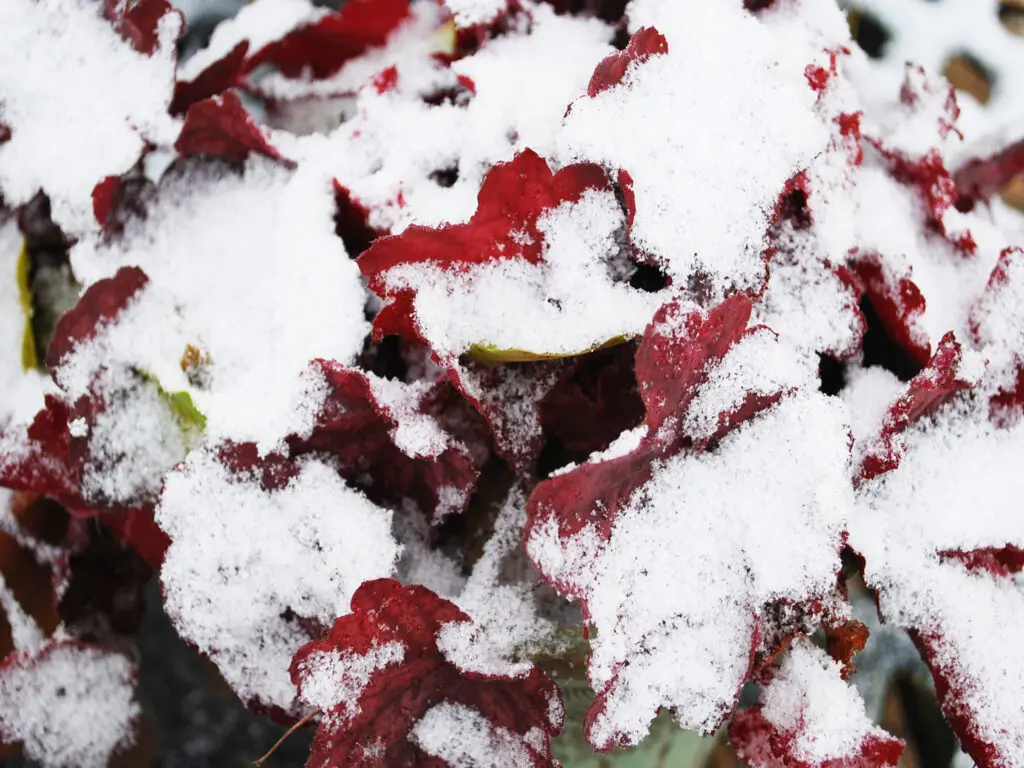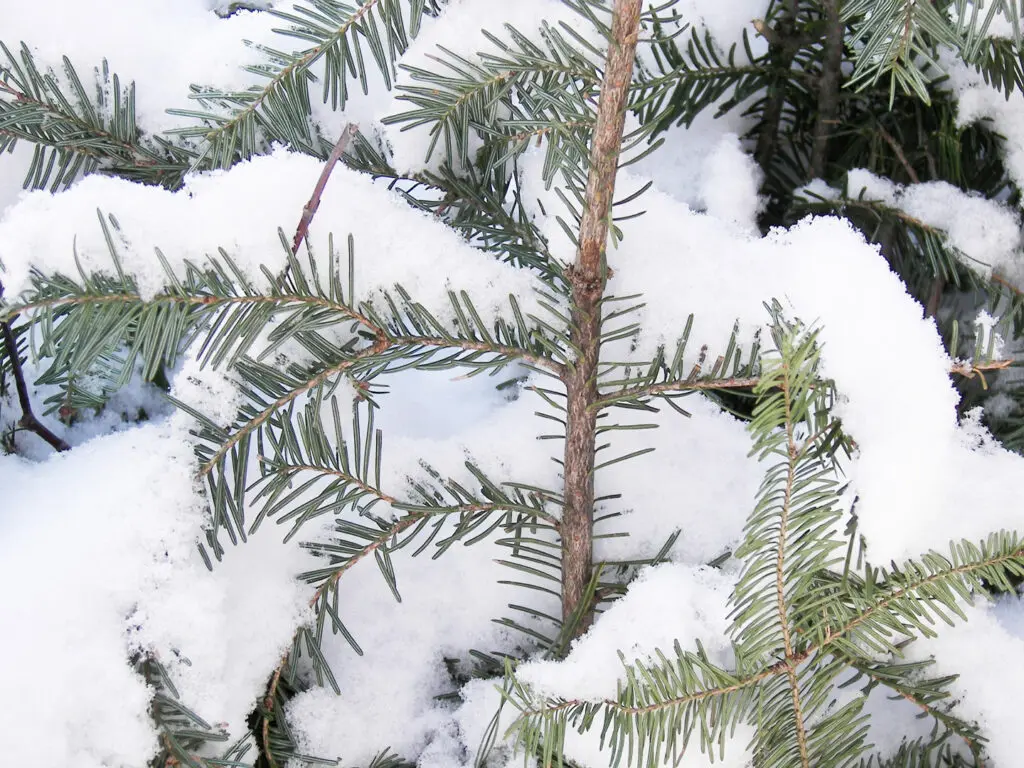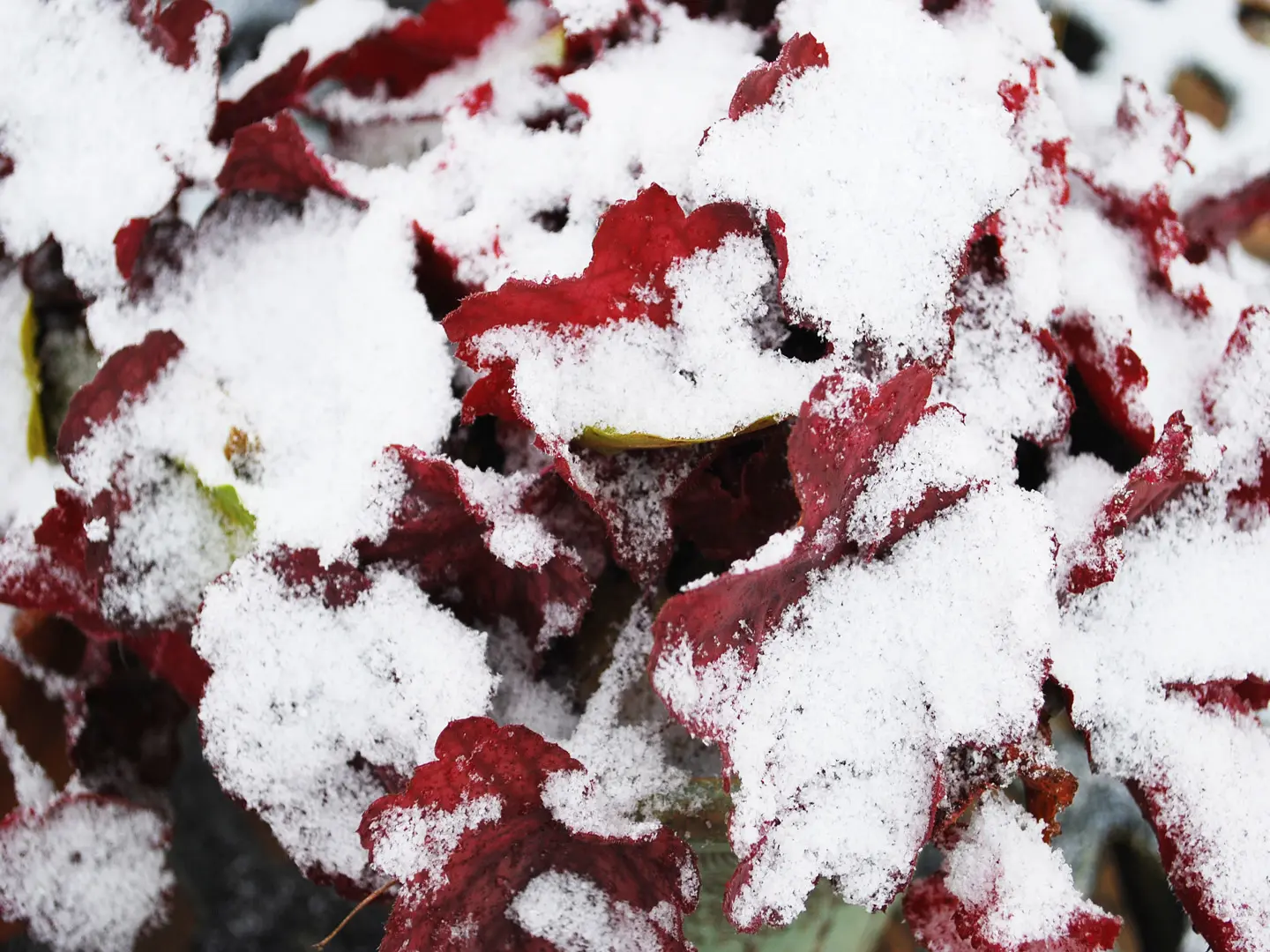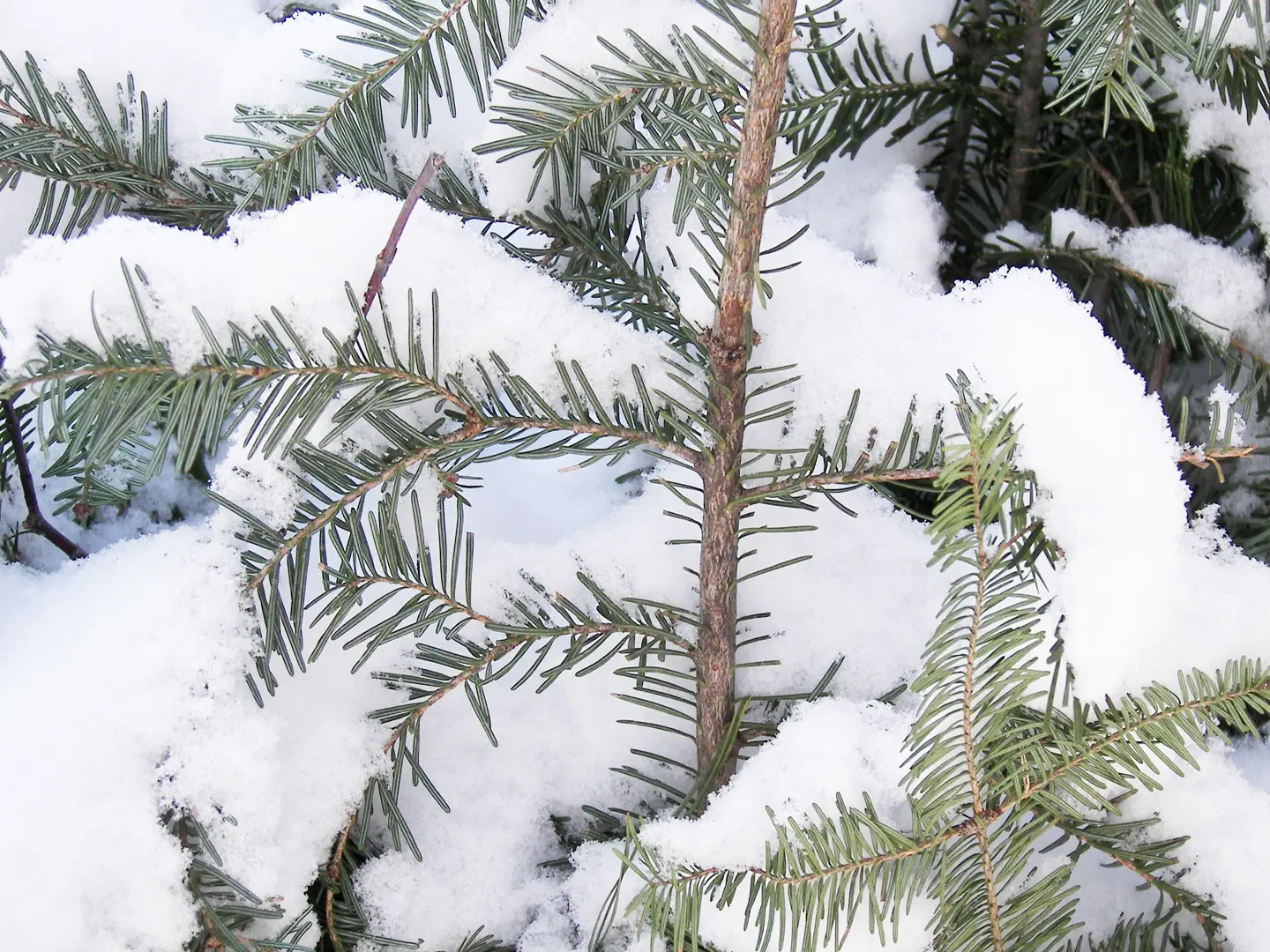Violet – February birth month flower
Many people would guess a rose as the flower for the month of February (based on Valentines Day) however the February birth month flower is the violet. But what I want to talk about today is the African violet, which really isn’t a violet at all! Despite having violet in the name, this plant belongs to a different genus. I’m choosing this because the National Garden Bureau listed the African violet as the 2024 houseplant of the year.
African violets (Saintpaulia ionantha) are native to eastern Africa. With a bit of care and the right conditions they make wonderful houseplants. Here are some tips on growing African violets. First make sure the pot has drainage holes. African violets require very good drainage and many garden centers sell potting mixes formulated for them. These plants like to be a bit pot bound. Don’t put them in a pot too large. For example, a 12 inch diameter plant should be in a 4 inch pot. It’s also a good idea to re-pot your plant into fresh potting mix once a year. Be gentle removing the plant as the roots are small and fragile. These plants like lots of bright light but not direct sun. If your plant is not flowering try moving it into a location with more light (but not in direct sun). African violets are sensitive to temperature. They like temperatures in the 70s to 80s during the day, and mid 60s at night.

They also like humidity and don’t do well in dry air, which many homes have, especially in the winter. There are a few things you can do to increase the humidity around this plant. One is by placing the pot on a saucer filled with small stones and filling the saucer with a bit of water. Make sure the pot isn’t sitting in the water, but sitting on the stones above the water. Another way to provide the humidity is to put the potted plant in a glass terrarium or garden cloche. If water starts to condense on the glass, then open it to let some air in.
Watering is key with African violets. Here are a few important points to know:
- They prefer room temp, non-chlorinated water. I remember my grandmother keeping a mini watering can filled with water near her African violets. If you keep an open container of water, at room temperature, for at least 24 hours the chlorine in the water will evaporate and then you can use it for your houseplants.
- African violets, and most other houseplants, do not like to be overwatered. They like moist soil but not soggy. Let the soil dry out between watering. When in doubt keep the soil on the dry side rather than risk overwatering.
- Avoid getting water on the leaves. Use something with a narrow spout to water the soil area only. Alternatively, you can water from below. To do this place the pot in a shallow container filled with an inch of water for about an hour. The plant will wick up the water through the soil from the drainage holes. Remove the pot and let the excess water drain away.
African violets also prefer a mild fertilizer every 2 to 4 weeks, spring through late summer. They don’t need to be fertilized during the winter months. Garden centers carry fertilizers formulated for these plants.






